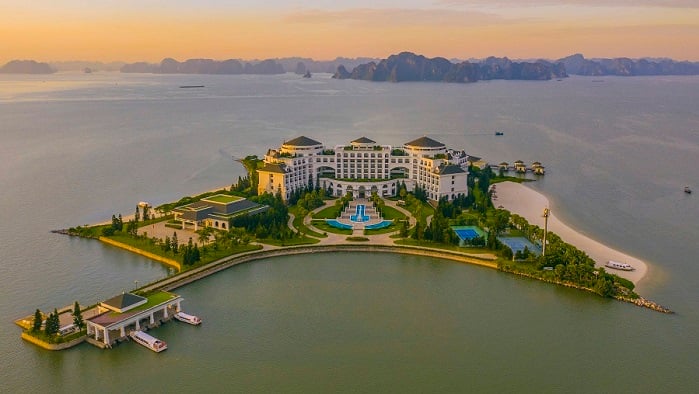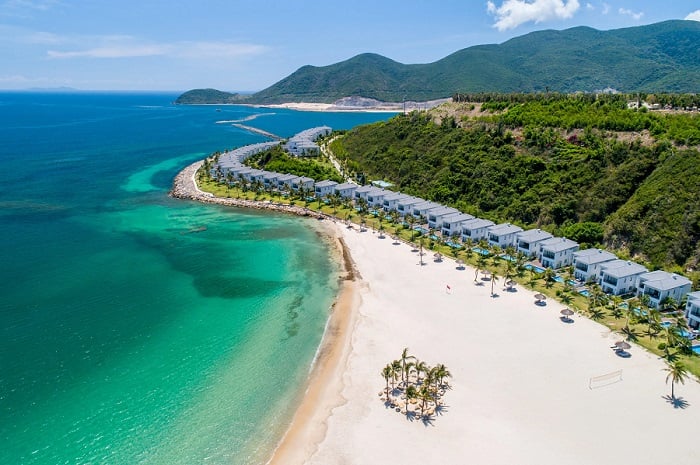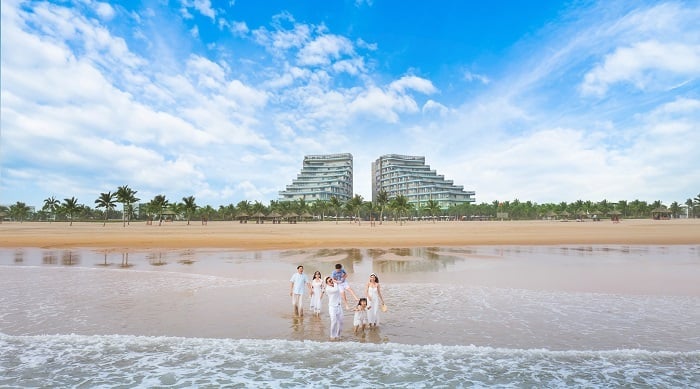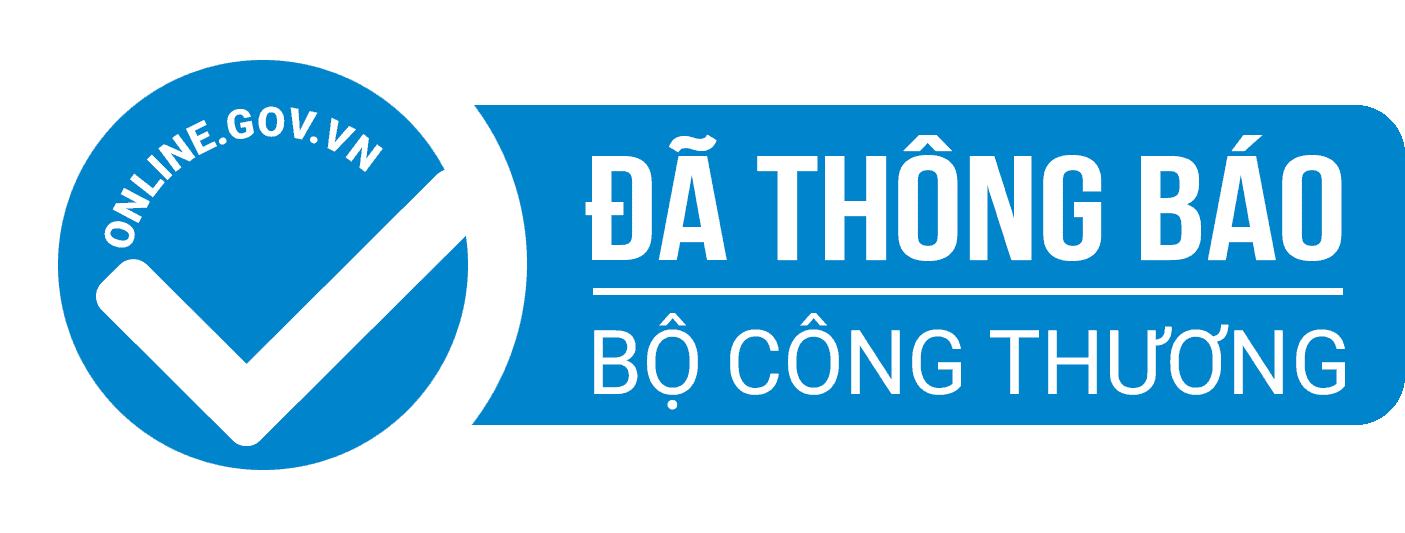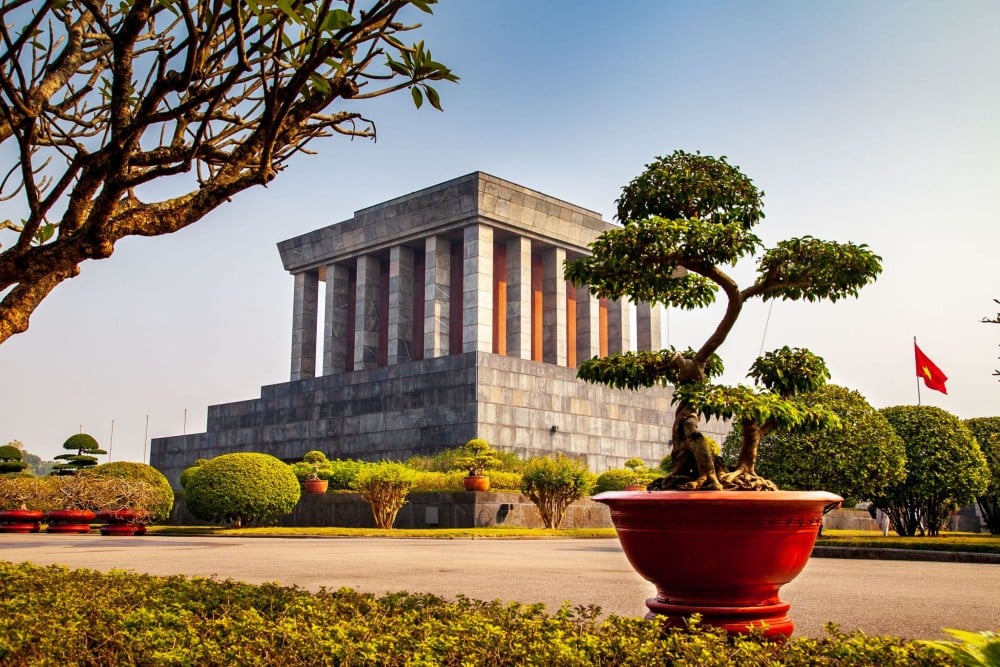
Coming to Ho Chi Minh Mausoleum, you can learn more about Ho Chi Minh's life and his significance in Vietnamese history, as well as expand your understanding of the country through many nearby relics. This article will be the best guide for your first-ever trip to Ho Chi Minh Tomb. Read it to the end!
1. Who is Ho Chi Minh?
Ho Chi Minh is widely regarded as a visionary leader who played a pivotal role in shaping the course of Vietnam's history. With his indomitable spirit and unwavering determination, Ho Chi Minh emerged as a revered figure, leading the Vietnamese people towards independence and self-determination. He spearheaded the revolutionary movement against foreign colonial powers, particularly the French and later the Americans, and ultimately paved the way for Vietnam's liberation. Ho Chi Minh's significant contributions and tireless efforts earned him the status of a revered statesman, inspiring generations with his devotion to the nation's welfare and his unwavering commitment to social justice and equality.
Visiting Ho Chi Minh Mausoleum is widely regarded by the Vietnamese as a prestigious honor, justifying the arduous journey undertaken by many citizens.
2. Where is Ho Chi Minh Mausoleum? How to get there?
Ho Chi Minh Mausoleum is located in the middle of Ba Dinh Square, where President Ho Chi Minh used to preside over rallies. The exact address is 2 Hung Vuong, Dien Bien Ward, Ba Dinh District. To get here, you can go by private vehicle or public bus.
If you ride motorbikes or drive cars on your own, remember to note the two parking spots on Ong Ich Khiem Street (opposite the Mausoleum Guard Command) and Ngoc Ha Street (the entrance to Ho Chi Minh Museum). If you take the bus, you can refer to some routes that pass by Ba Dinh Square, namely the buses number 09, 33, 22, 45, and 50.
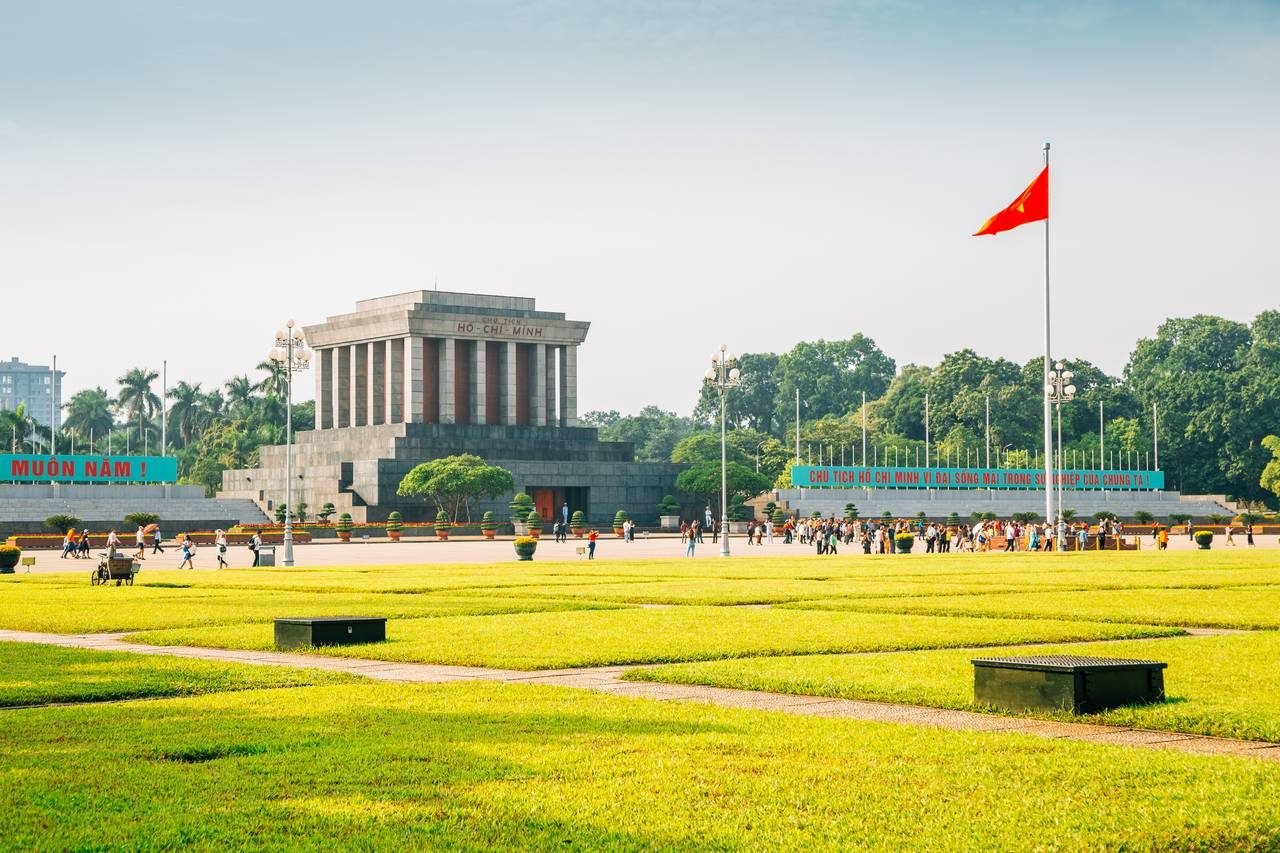
3. The history and significance of the mausoleum of Ho Chi Minh
In his will, President Ho Chi Minh wanted to be cremated and had his ashes laid in the three regions of the country after his death, but according to the will of the Party and people at that time, the government decided to keep his body intact and placed it in the Mausoleum so that people can come to commemorate and visit him.
In January 1970, the Government of the Soviet Union and Vietnam met to discuss the design and construction techniques of the Mausoleum. Then, the task of designing the Mausoleum was approved by the Politburo of the Central Committee of the Party, with major support from Soviet experts.
On September 2nd, 1973, the groundbreaking ceremony of the mausoleum officially took place. On May 19th, 1975, Ho Chi Minh Mausoleum was inaugurated. The Lenin's Tomb in Moscow served as an inspiration for Ho Chi Minh Mausoleum's design, which was altered to better suit Vietnamese customs and styles.
Ho Chi Minh Mausoleum is a work of great significance, showing the deep feelings that Vietnamese people have for their leader. Today, Ho Chi Minh Tomb is not only a cultural and historical symbol of Hanoi but also attracts a large number of tourists to visit. Since its inauguration in 1975, many generations of Vietnamese people and millions of foreign visitors have come to this place.
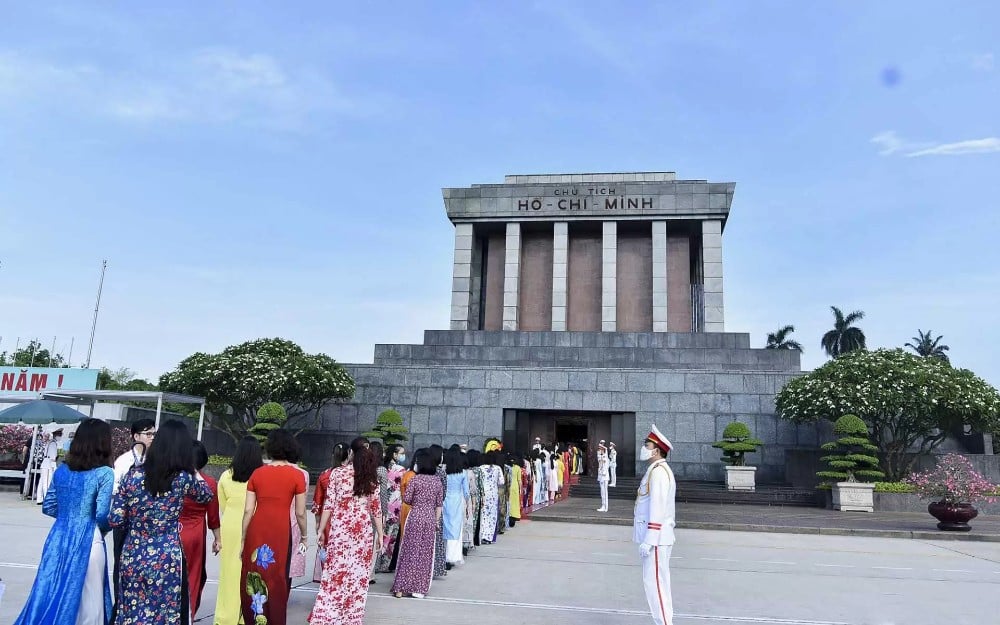
4. President Ho Chi Minh’s embalmed body
Following the passing of President Ho Chi Minh on September 3, 1969, measures were taken to preserve Ho Chi Minh body for posterity. In a joint effort between the Soviet Union and Vietnam, a team of Soviet scientists, renowned for their success in embalming Lenin's body, collaborated with a dedicated Vietnamese medical team to embalm Ho Chi Minh's remains. Ho Chi Minh's embalmed body found its resting place in a glass coffin within Ho Chi Minh Mausoleum in Hanoi, a site that draws thousands of visitors annually.
However, when the Soviet Union disbanded in 1991, the departure of all Soviet scientists posed a challenge for the preservation of President Ho Chi Minh body. In response, the Vietnamese government initiated negotiations with Russia to relocate the production of the necessary preservation chemicals to Vietnam. Initially guarded by the Russian scientists, the formula for the preservation cocktail was finally shared in 2004, coinciding with Vietnam's official adoption of the technology.
President Ho Chi Minh's embalmed body stands as a testament to the Vietnamese people's admiration and respect for their beloved leader, preserving his memory and allowing visitors to pay their respects to this revered figure in Vietnamese history.
You may also like:
- Vietnamese Reunification Day: Date, History & Celebration Activities
- Vietnam money: The BEST guide for your cost-conscious trip
- Airlines in Vietnam: TOP 5 best domestic brands for passengers
5. The highlights of Ho Chi Minh Mausoleum in Hanoi
The overall architecture of Ho Chi Minh Tomb is a solid square block, consisting of 3 layers with a height of 21.6 meters and a width of 41.2 meters. The structure of the mausoleum is designed to be very sturdy, able to withstand floods, bombings and earthquakes of magnitude 7.
The exterior of the mausoleum is clad in gray granite, surrounded by marble columns, with the words “CHỦ TỊCH HỒ-CHÍ-MINH” written in crimson jade stone prominently on the top of the mausoleum. The 200 sets of doors in the mausoleum are made from rare woods collected from all over the country.
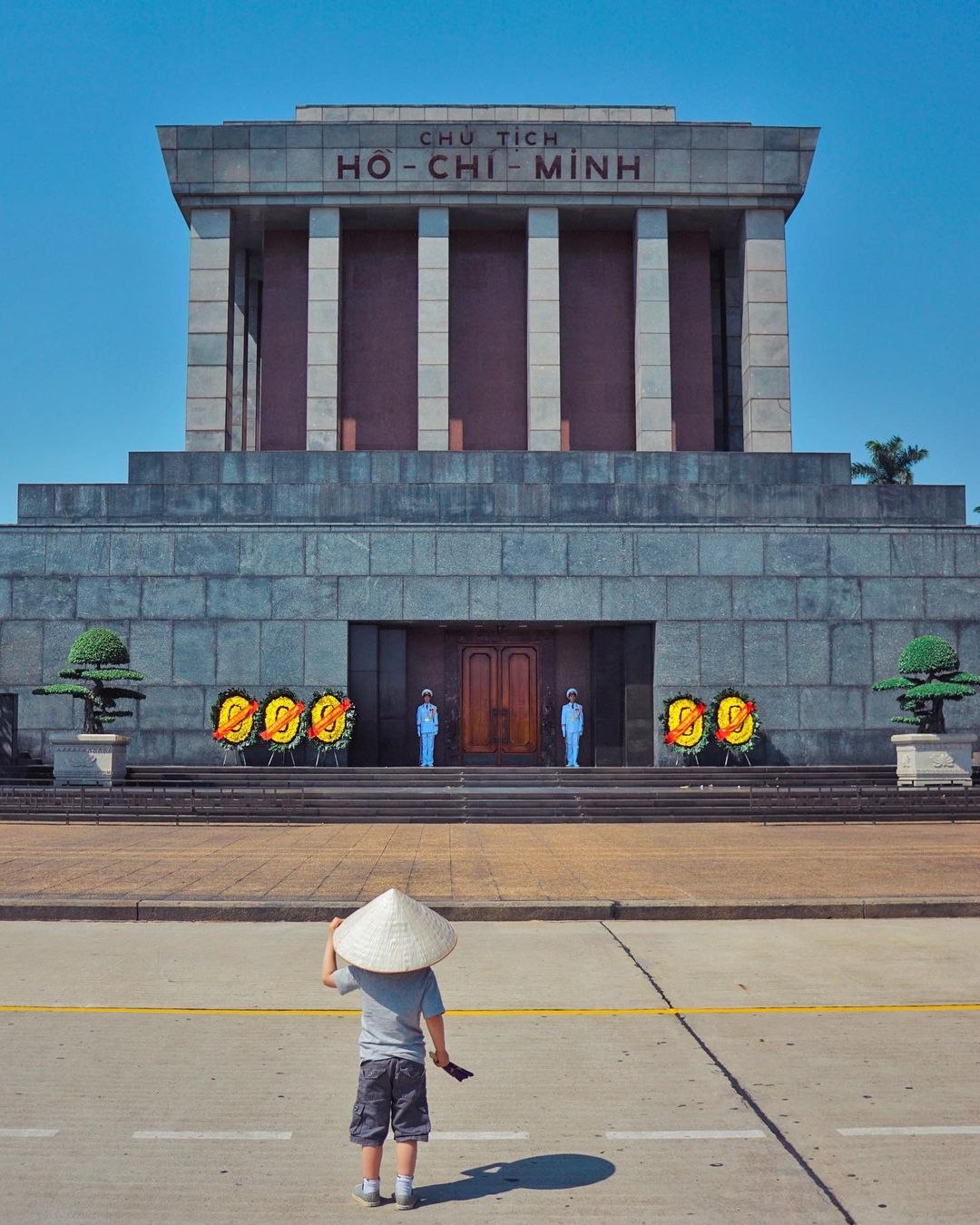
The lobby is clad in red and pink marble, as the background for the words "Không có gì quý hơn Độc lập Tự do” (Nothing is more precious than Independence and Freedom) and the gold-plated signature of President Ho Chi Minh. In front of the mausoleum, there are always 2 soldiers standing guard whose shifts change every hour.
Inside Ho Chi Minh Mausoleum is a room covered with marble. Here, President Ho Chi Minh's body is placed in a glass box, on a bed placed on a stone pedestal. There are always 4 soldiers standing guard inside the room.
Another special thing about the mausoleum is its surrounding scenery. Around the mausoleum is a green landscape with more than 250 species of plants. Each tree or flower here has a very special meaning - which is related to the stories of Ho Chi Minh when he was alive.
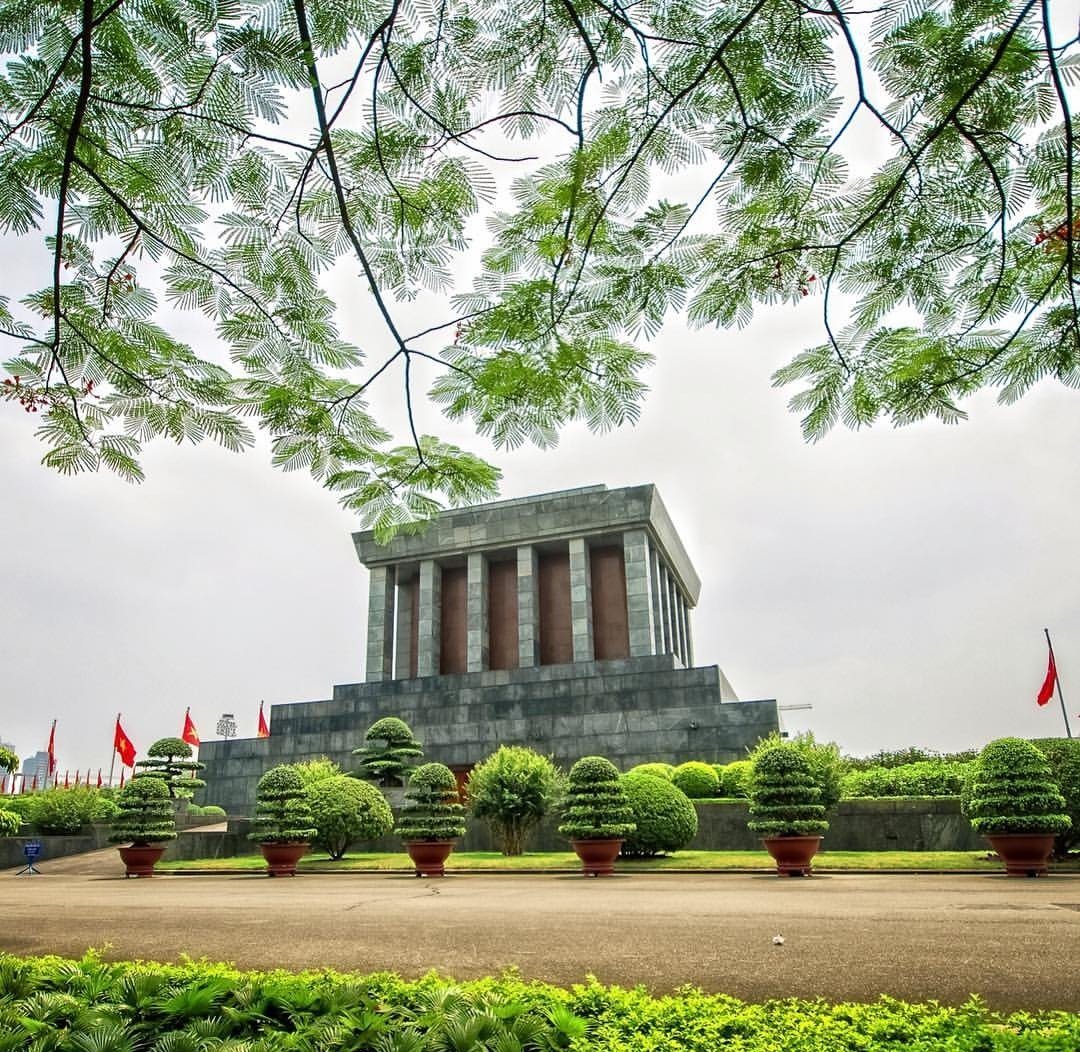
6. Essential information for tourists visiting Ho Chi Minh Mausoleum
For the best Ho Chi Minh Mausoleum tour, you should take note of some important information below:
6.1. Ho Chi Minh Mausoleum's opening hours
Ho Chi Minh Tomb is open in the morning on every Tuesday, Wednesday, Thursday, Saturday, and Sunday. In the afternoon of those days and on Mondays and Fridays, the mausoleum is closed to visitors. Should May 19, September 2 or the 1st day of the Lunar New Year fall on a Monday or Friday, the mausoleum will still be open for visit.
Normally, each year, the mausoleum will be closed for about 2 months for the maintenance of Ho Chi Minh body, usually from September to November. The exact schedule will be announced by the Mausoleum Management Board in advance.
The specific visiting hours of Ho Chi Minh Mausoleum are as follows:
- Summer & Fall (April 1 - October 31): Tuesday - Thursday and Saturday - Sunday, 7:30 a.m - 10:30 a.m
- Winter & Spring (November 1 - March 31): Tuesday - Thursday and Saturday - Sunday, 8:00 a.m - 11:00 a.m
- On Saturdays, Sundays, and public holidays: visiting hours are extended by 30 minutes
If you can arrange the time in your trip, go to Ba Dinh Square to watch the flag raising and lowering ceremonies at 6 a.m and 9 p.m daily. These ceremonies will surely help bring more meanings to your trip and make you love this country even more.
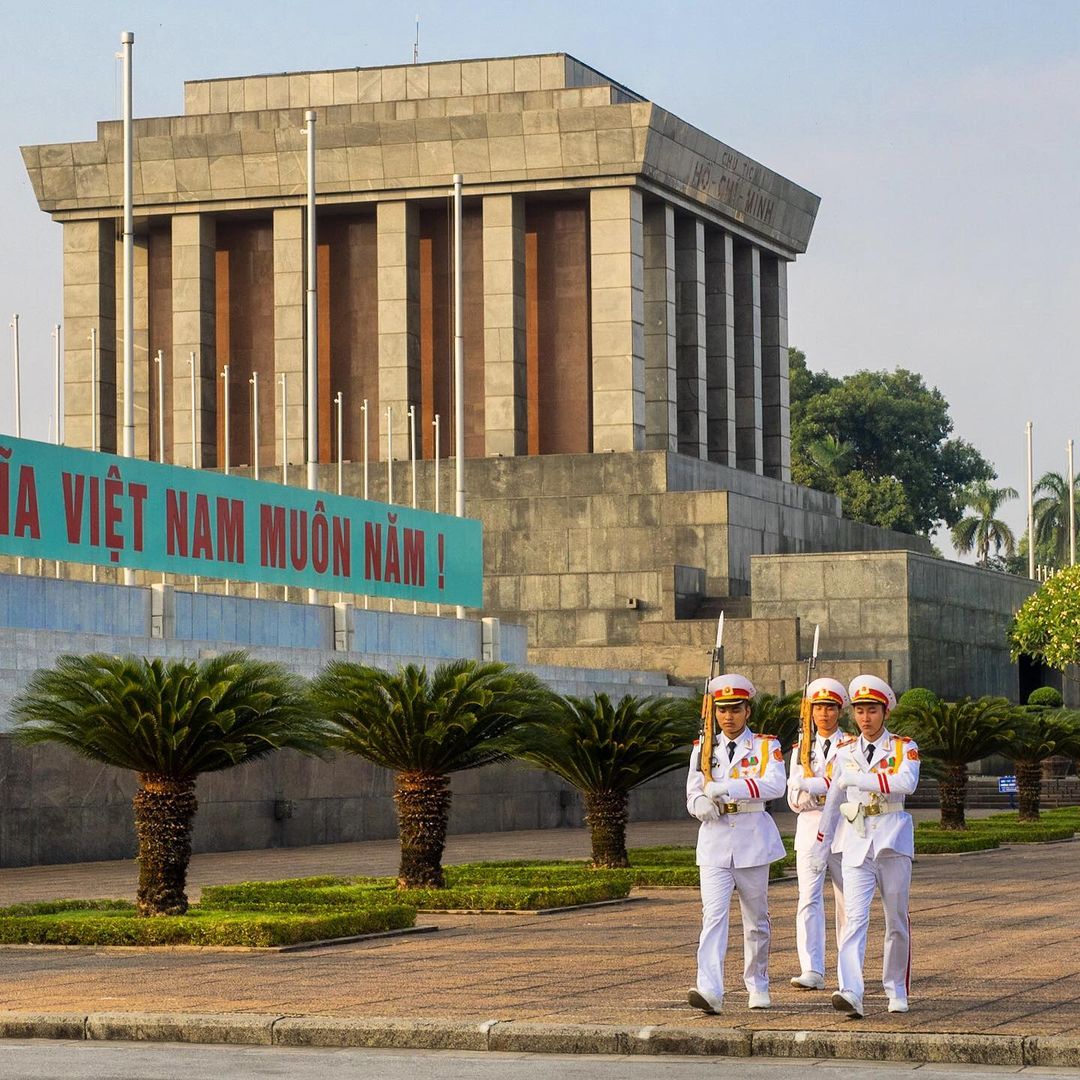
6.2. Ho Chi Minh Mausoleum's entrance fee
Currently, the ticket price for entering the mausoleum is VND25,000 (US$1,07) per person. This is a reasonable and worthy payment for a tour to explore Vietnamese history.
6.3. Ho Chi Minh Mausoleum's rules
Below are some regulations for tourists while visiting and commemorating Ho Chi Minh Mausoleum as well as getting around the area:
Dress neatly and formally
- Have your belongings checked at the security check gate
- Walk in line according to the instructions of the officers; do not jostle or disrupt the line
- Take your hat off and hold it in your right hand
- Do not make loud noises; do not touch the walls
- Do not put your hands in pockets
- Follow the instructions of officers on guard duty if you want to film or take photos in the area
- Do not film, take pictures of make drawings of the room where President Ho Chi Minh's embalmed body is placed in the Mausoleum.
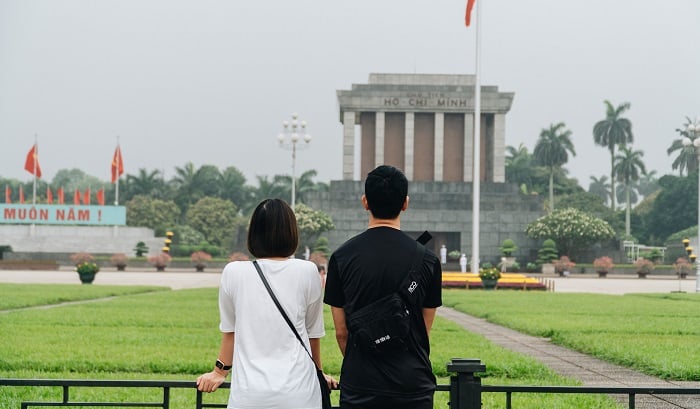
Articles for you:
- Hoan Kiem Lake Walking Street: A popular spot for fun-filled weekends
- Hanoi coffee shops: 15+ café that will satisfy your eyes and taste buds
- Turtle Tower Hanoi: Explore the symbol of spiritual tourism in the city
7. Other must-visit places in Ho Chi Minh Mausoleum Complex
It can be said that Ho Chi Minh Mausoleum Complex is one of Vietnam's most revered historical destinations in Vietnam. Here, visitors can learn a lot about Uncle Ho's life and the liberation of Vietnam under his leadership. The following locations are also recommended for your first-ever trip to this place:
7.1. One Pillar Pagoda
The pagoda was constructed in 1049 during the reign of King Ly Thai Tong. This is a pagoda in the form of a tower harmoniously placed in the center of a rectangular lotus lake, like a lotus emerging from a pond. However, the current pagoda is not the original one. The original One Pillar Pagoda was destroyed by French soldiers on September 11, 1954. Uncle Ho had it repaired following the Fourth of July and finished in 1955. The current One Pillar Pagoda is thought to be considerably smaller than the original.
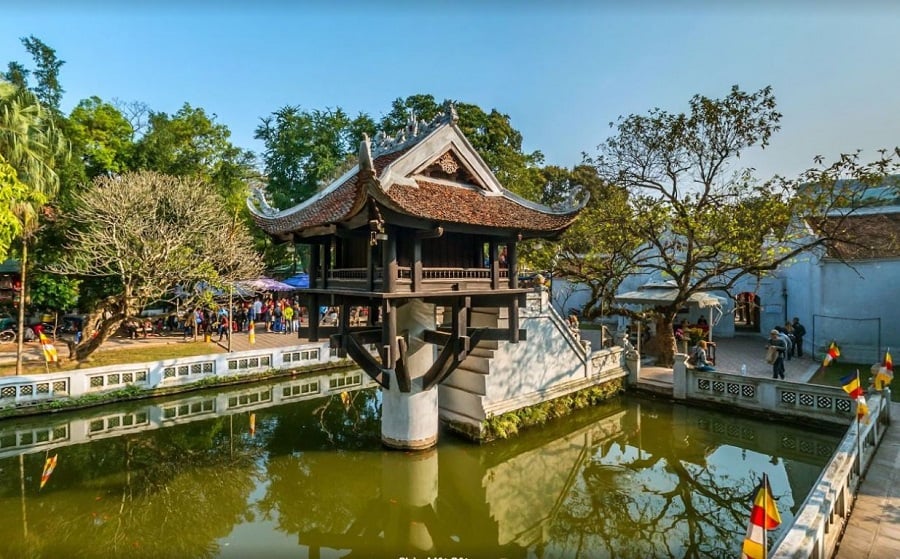
7.2. Presidential Palace
This is a work initially designed and overseen by a German architect for the French Indochina Governor. With more than 30 rooms and a construction span of around 6 years, this was at the time the most opulent building. Originally known as “The Indochina Governor Palace”, the structure has had its name changed to "The Presidential Palace" ever since the country's Independence Day in 1945.
This was supposed to be Ho Chi Minh's residence and working place. However, Uncle Ho refused, claiming that it would be inappropriate for him to dwell in such a luxurious, enormous building while the other tenants were still destitute and hungry. Instead, he resided in a modest house in the backyard (House No. 54). The palace was used for meeting important delegations as well as welcoming Vietnamese young children who visited Uncle Ho.
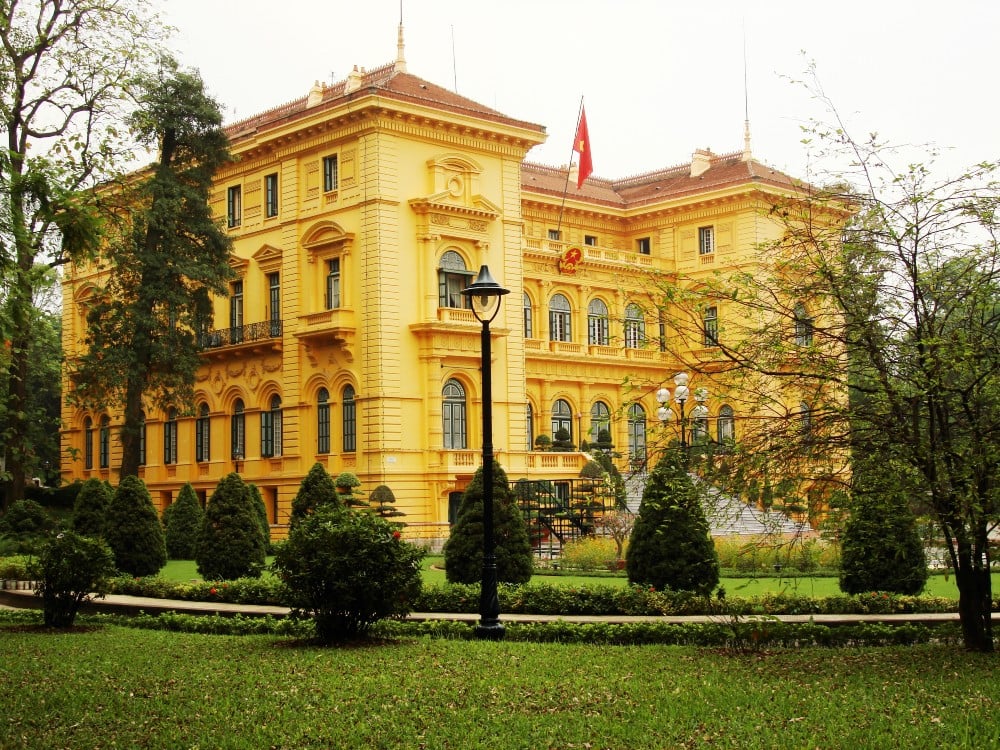
7.3. Ho Chi Minh Museum
To commemorate Ho Chi Minh's 100th birthday, this unique museum was built within the Ho Chi Minh Complex and construction took nearly 5 years. Ho Chi Minh Museum features three floors and is shaped like a 20-meter-tall enormous white flower.
One the first floor is a 400-seat hall which is used to hold Vietnam’s national and international meetings. On the second floor is a massive exhibition with more than 2,000 rare historical artifacts and show-pieces which depict Uncle Ho's career and Vietnam's revolutionary stages.
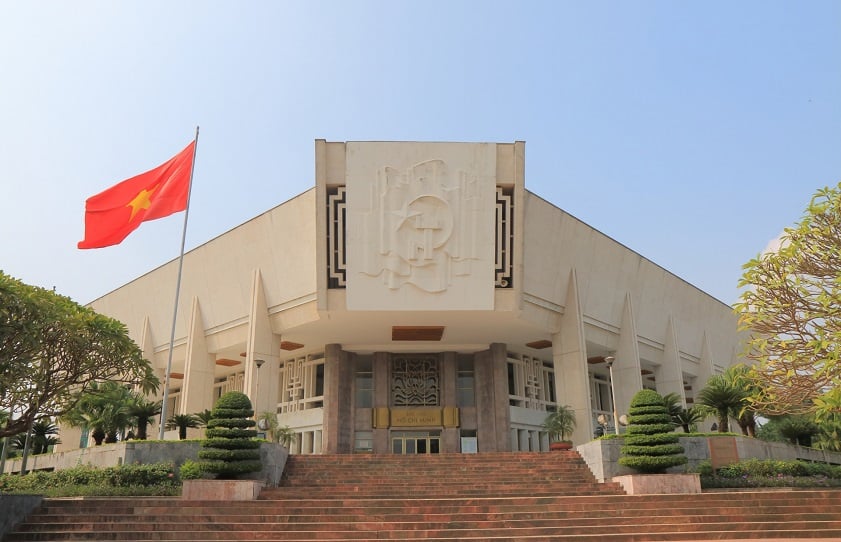
7.4. House No.54
The previous owner of this modest house was an electrician who worked for the Governor Palace. However, this was President Ho's residence and working place from 1954 to 1958. Since Ho Chi Minh was known for leading such a humble life, practically every amenity in this house was a gift from people from all around the world.
This little house has three rooms. One is President Ho's office, which is located in the living area. Another is the kitchen which had a thermometer, and Ho Chi Minh would tell the Prime Minister of Education to grant a day off for children in elementary school whenever the temperature fell below 10 degrees Celsius. The last one is his bedroom. Here, you can find a round table with a statue of the Poet Khuat Nguyen, a gift from Cuba's Great Leader Fidel Castro.
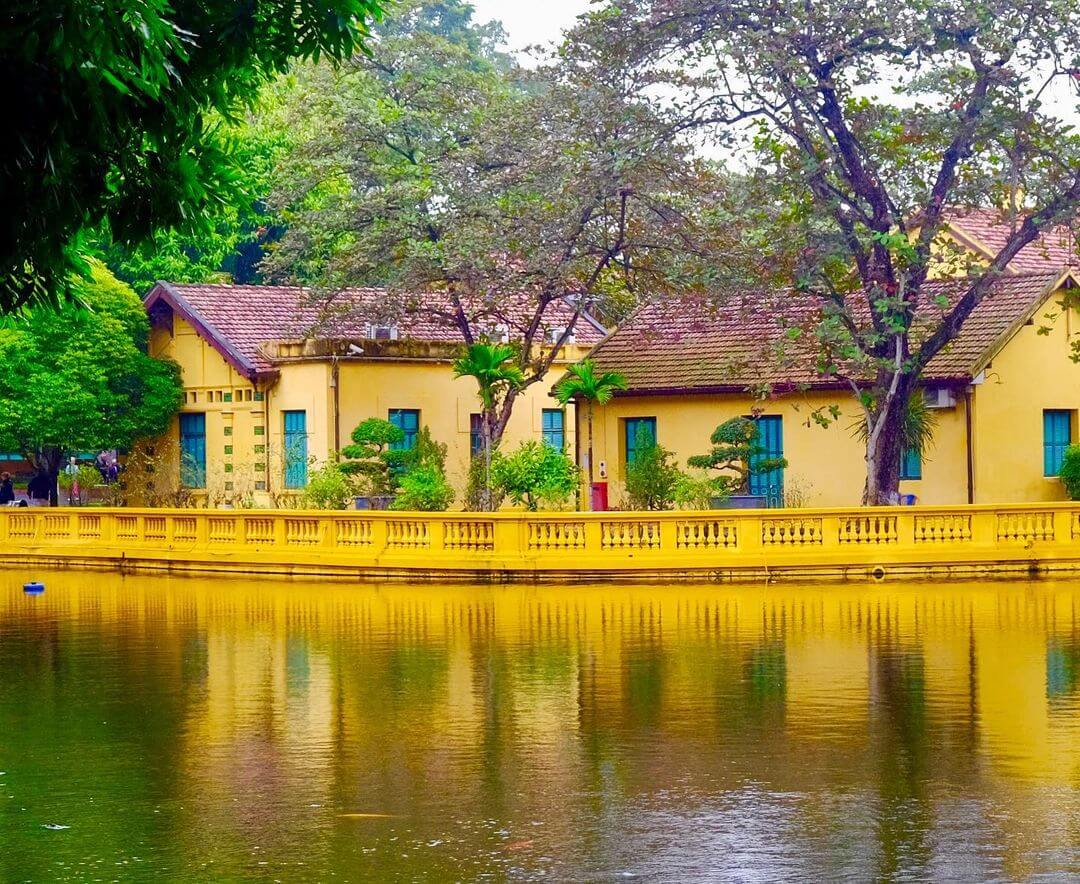
Articles for you:
- Night market Hanoi: TOP 8 busiest and most famous places to go
- Tran Quoc Pagoda: A religious site of nearly 1,500 years old in Hanoi
- Noi Bai International Airport: The BIGGEST airport in Northern Vietnam
7.5. Ho Chi Minh’s House on stilts
President Ho Chi Minh relocated to this stilt house after residing at House No. 54 for four years. To remind him of the difficult days spent preparing the revolution, this house was built to resemble stilt dwellings commonly found in the mountainous areas to the North. The house has two floors: the lower one was used for gatherings while the upper one consisted of bedrooms, study areas, and bookcases.
Thanks to the abundance of trees from different parts of Vietnam, visitors can get a sense of Uncle Ho's simple and pure way of life just by walking around. Additionally, there are fish ponds with anabas and golden carp. According to legend, Uncle Ho used to clap his hands every time he fed the fish, and the fish soon developed the habit of rising to the surface when they heard the sound, which remained even after he passed away.
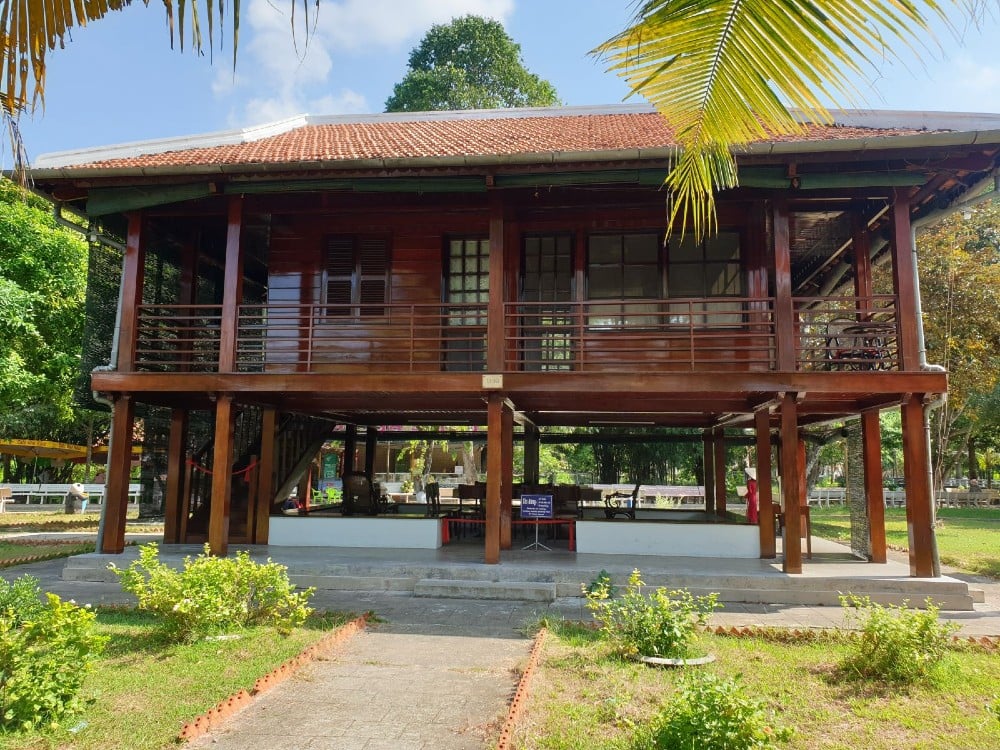
In addition to Ho Chi Minh Mausoleum, there are many other cultural tourist attractions in Hanoi that you should visit, such as Hoan Kiem Lake, Temple of Literature, Hoa Lo Prison Museum, Water Puppet Theater, Imperial Citadel, Co Loa Citadel, etc. To fulfill your trip in Hanoi, do not miss out on visiting Vinpearl Aquarium and VinKE Times City.
With a space of approximately 4,000 square meters and more than 30,000 different creatures from several continents, Vinpearl Aquarium Times City is regarded as one of the largest aquariums in Vietnam. Meanwhile, VinKE Times City offers a play-and-learn environment that helps kids absorb essential knowledge and nurture their future aspirations. Therefore, the two places will surely bring you and your beloved tons of joyful experiences!


>>> Book tickets of Vinpearl Aquarium and VinKE for a complete Hanoi tour!
StaynFun is a fantastic choice for accommodation during your trip to Hanoi. Managed and operated by Vinpearl, StaynFun sets the standard as the first homestay brand to meet Vinpearl's renowned resort standards. Guests can expect well-appointed rooms, thoughtfully designed to provide comfort, and a variety of amenities that are sure to enhance their stay. StaynFun is located in Vinhomes Ocean Park 2, offering a picturesque environment that serves as the perfect retreat after a day of exploring the bustling city of Hanoi.

The strategic location of StaynFun also ensures convenient access to a plethora of nearby attractions, including Grand World, K-Town, and VinWonders Wave Park & Water Park. With such a variety of destinations nearby, StaynFun promises excitement and entertainment for the following day as well.

Book StaynFun accommodation at discounted prices
Above is the complete and detailed information about Ho Chi Minh Mausoleum - a not-to-be-missed destination in your excursion to Hanoi. Visiting this place will help you enhance your knowledge about Vietnamese history and enjoy a meaningful experience in your vacation. Hopefully, you and your loved ones will have a perfect trip ahead! Remember to note the time to travel without issues!


